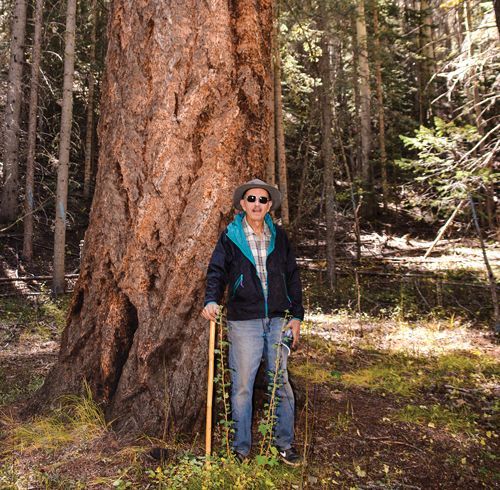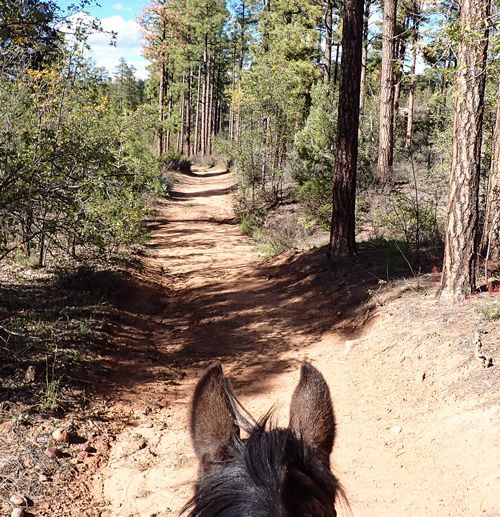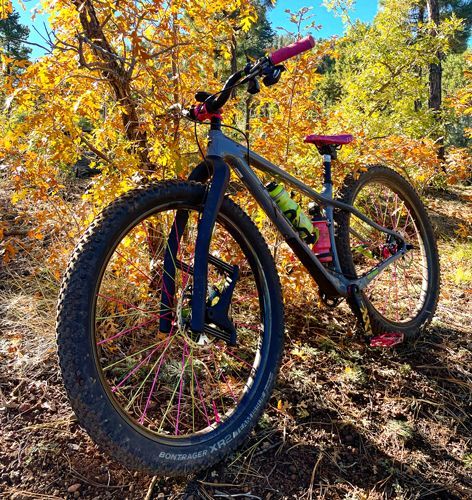How it affects the dog you choose...

An interview with Penelope Inan, AKC Judge Emeritus
By Jen Rinaldi
The world of dogs is as diverse as it is fascinating. Penny Inan, a judge for The American Kennel Club, has a unique insight into what makes a dog tick.
With her 50+ years involved in AKC shows, and many types of dogs, Penny is a tremendous resource for all things K-9. She tells me, “I bred Basenjis, a primitive barkless breed native to Africa, from 1974 until 1992. In 1992 while living in Istanbul, Turkey, I adopted an Istanbul street dog. Although not an “official” breed - Mark Twain wrote of them, and they have a section in the encyclopedic 1905 Dogs of All Nations.
She is currently “owned” by two Toy Xoloitzcuintli (Mexican Hairless) — one coated and one hairless — and became an AKC approved judge in 2002 and went Emeritus in 2022, approved to judge 28 breeds over five different groups. “I’ve studied dogs my entire life and read pretty much every dog book in print, including many historic and rare volumes.”
She adds that if there were a degree in dogs, she would be on the list!
From the tiny Chihuahua to the robust Saint Bernard, the notion of “breed” conjures up images of distinctive physical traits and, frequently, a set of personality characteristics. Penny adds that genetics in dogs are among the most plastic and malleable of any in the animal world.
Yet, the question remains: how much of a dog’s temperament is truly determined by its breed? Are Golden Retrievers inherently friendlier? Are pit bulls always vicious? Are Border Collies always overly energetic? Or does temperament arise from a more complex interplay of genetics, environment, and individual experience? In this article we will examine the relationship between breed and temperament in dogs, explore the science behind canine behavior, and discuss the implications for both dog owners and enthusiasts.
Understanding Dog Breeds
Dog breeds result from centuries of selective breeding, where humans have intentionally chosen genes for certain physical attributes, abilities, and, to some extent, behavioral tendencies. The American Kennel Club (AKC) recognizes nearly 200 breeds, each with its own standard description. Breeds often originated for specific purposes — herding, hunting, guarding, or companionship. These origins inform not only size and appearance but also preferred activities, energy levels, and reactions to new stimuli.
• Working breeds (e.g., Siberian Husky, Boxer): Bred for strength, stamina, and jobs like pulling sleds or guarding property.
• Herding breeds (e.g., Border Collie, Australian Shepherd): selected for their ability to control the movement of livestock.
• Sporting breeds (e.g., Labrador Retriever, Spaniels): developed for retrieving game and known for their sociability and energy.
• Toy breeds (e.g., Pomeranian, Shih Tzu): Bred primarily for companionship and often small in size but bold in spirit.
However, while breeds provide a framework for physical and, to an extent, behavioral expectations, individuality abounds.
Defining Temperament
Temperament refers to the set of behavioral tendencies that determine how a dog typically responds to people, other animals, and situations. It encompasses traits such as sociability, aggressiveness, shyness, boldness, trainability, and resilience to stress. Temperament is not a fixed trait, but a spectrum influenced by genetics, early socialization, environment, and ongoing experiences.
Common temperament descriptors in dogs include:
• Friendliness: willingness to approach and interact positively with people and other dogs.
• Aggression: inclination to display warning behaviors or bite under certain circumstances.
• Alertness: level of attentiveness to the environment, often valued in watchdogs.
• Anxiety: tendency to display nervousness or fearfulness in unfamiliar situations.
• Trainability: responsiveness to commands and ability to learn new tasks.
• Energy Level: the amount of activity a dog typically desires or sustains.
Genetic Influence
Genetics play a significant role in shaping behavior. Many breeds were created by selecting for specific behavioral traits—herding ability, hunting drive, or guarding instinct. For example, Border Collies were bred to be highly focused and responsive to subtle cues, making them natural herders. Retrievers were chosen for their soft mouths and willingness to work with humans. Pitbulls were bred to protect, fight and not let go of prey. Such genetic selection can indeed create population-level tendencies.
Environmental and Developmental Factors
Even with genetic predispositions, a dog’s temperament is powerfully shaped by its environment, especially during sensitive developmental periods. Early socialization, exposure to varied stimuli, and consistent positive training all have profound effects on how a dog grows up to relate to the world. For instance, a well-socialized pitty may be far more relaxed and tolerant than a poorly socialized golden retriever.
Rescue dogs or those from uncertain backgrounds may display temperamental quirks unrelated to their breed. Likewise, dogs raised in enriched, stable environments often display increased confidence and adaptability, regardless of breed.
Every dog is an individual. Within even the most predictable breeds, there are outliers—calm Border Collies, timid Rottweilers, laid-back Dalmatians. Genetics, while influential, do not operate in isolation; they interact dynamically with environment and experience.
The Science of Canine Behavior:
What the Research Says
Recent advances in canine research have untangled the genetic and environmental factors that shape temperament. Some key findings include:
• Genes associated with brain development and neurotransmitter regulation are linked to certain behavioral predispositions, but no single “aggression gene” or “friendliness gene” exists.
• Critical periods of socialization (3-14 weeks of age) are vital for well-adjusted adult temperaments. Some dogs isolated during this period often develop persistent fear or aggression, regardless of breed.
• Owner personality and training style have a measurable impact on a dog’s behavior. Positive reinforcement and consistency foster confidence and cooperation.
• Mixed-breed dogs display as much behavioral variety as purebreds, and sometimes may be less prone to inherited behavioral disorders.
Potential dog owners often look to breed guides to select a pet that matches their lifestyle, which can be helpful but should not be the sole criterion. Prospective owners must recognize that generalizations can lead to mismatches.
Bringing a dog home
If a rescue dog is in your future, listen to the shelter staff and don’t let your eyes shop first.
Penny warns all prospective dog owners. “Dogs are not human, and their actions are not necessarily a reflection of you.” She adds you need to pick the dog that connects with you, not the dog that speaks to your sense of shape and color.
Shelter workers have the inside view of a dog’s quirks and can be crucial in directing you to the appropriate animal for you. For example, you might think you want a younger dog to mold and train, but there may be a 5-year-old dog that would fit your family’s expectations and save you that time investment, allowing you all to bond quickly.
NEVER leave young children unattended with any dog! That Penny says is a recipe for disaster.
If you have other pets and toddlers, make sure the dog you select has a low prey drive. Ask the shelter to allow you to walk the dog you are considering around other dogs and cats. The dog should act disinterested and not lunge or chase.
And Penny warns that shelter dogs need time to acclimate. Often months. Once adopted, they need to decompress. A sad statistic from shelters speaks of families not allowing time for a dog to adjust.
She paints this image of a newly adopted dog from the dog’s perspective:
“Imagine you are in jail for reasons unknown to you, then suddenly you are released and taken to a new country where you don’t speak the language and do not know what is going to happen. You are expected to know when and where to defecate, eat, sleep, and accept all these new rules while you are trying to learn a new language.”
This is what it is like for your shelter dog.
Give them time with just you and your family before taking them out to meet new friends. Remember, kennels are not cages; they are dens — a safe place for your new family member to digest all that he/she has been exposed to. Using a kennel as a tool. It is not a punishment (never use them as punishment). Plan on taking time off so that you can give your new dog a daily pattern to adhere to. Once your dog has acclimated to your family’s pattern, training will be key!
The relationship between breed and temperament in dogs is intricate. While breeds offer broad guidelines, they are not guarantees. Genetics set the stage, but environment, socialization, and individual experience direct the play. With healthy safeguards, training and time, your pet will become an honored member of your family, whether purebred or mixed-breed.
For anyone seeking to share life with a dog, look beyond breed stereotypes and consider the unique personality of each animal. By doing so, we honor the tremendous diversity and adaptability that have made dogs humanity’s greatest companions for millennia.











